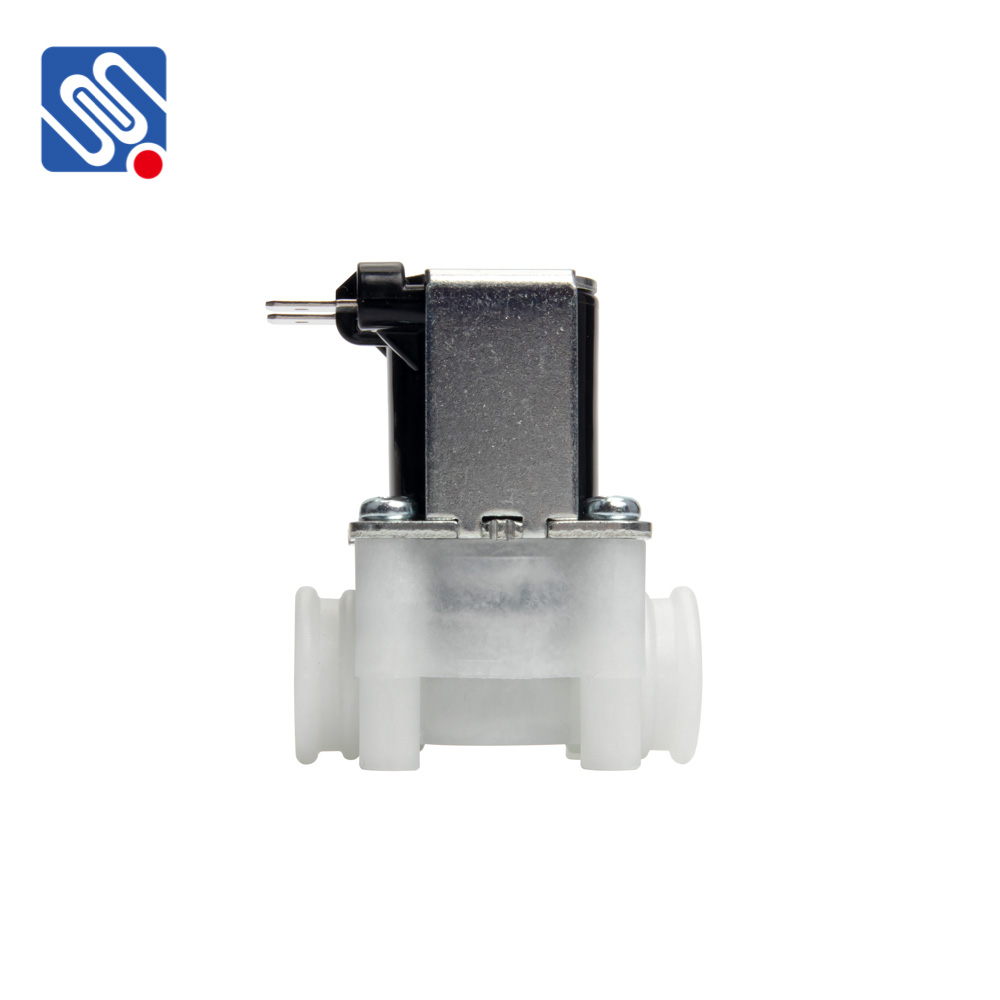PVC solenoid valves are essential components used in automation systems for controlling the flow of liquids and gases. These valves, made from polyvinyl chloride (PVC), are designed to offer durability, ease of use, and resistance to corrosion, making them a popular choice for a wide range of industries. From water treatment to chemical processing, PVC solenoid valves play a critical role in ensuring efficient and reliable fluid control.

What is a PVC Solenoid Valve? A PVC solenoid valve is an electromechanically operated valve that controls the flow of fluid through a pipe. It is powered by an electrical current that activates a solenoid, which in turn opens or closes the valve. The valve itself is made from PVC, a material known for its excellent resistance to corrosion and chemical damage. This makes PVC solenoid valves ideal for environments where traditional metal valves might degrade over time due to exposure to harsh chemicals, saltwater, or other corrosive elements. Working Principle of PVC Solenoid Valves
The working principle of a PVC solenoid valve is relatively simple yet highly effective. When an electrical current passes through the solenoid coil, it generates a magnetic field that pulls a plunger or diaphragm, causing the valve to either open or close. This allows or stops the flow of fluid through the pipe. Once the electrical current is switched off, the magnetic field dissipates, and a spring mechanism or other return system repositions the valve to its original state.